|
|
|
|
Species Photo Gallery for Empoa querci No Common Name 6 |
 | Photo by: Scott Bolick
Forsyth Co.
Comment: | 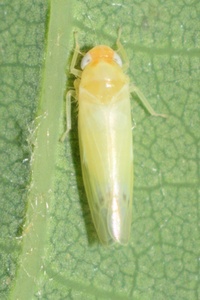 | Photo by: Scott Bolick
Forsyth Co.
Comment: |
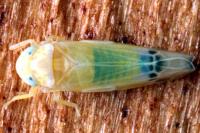 | Photo by: Ken Childs
Out Of State Co.
Comment: | 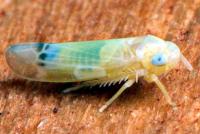 | Photo by: Ken Childs
Out Of State Co.
Comment: |
 | Photo by: Ken Childs
Out Of State Co.
Comment: | 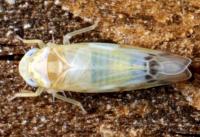 | Photo by: Ken Childs
Out Of State Co.
Comment: |
|

 »
»
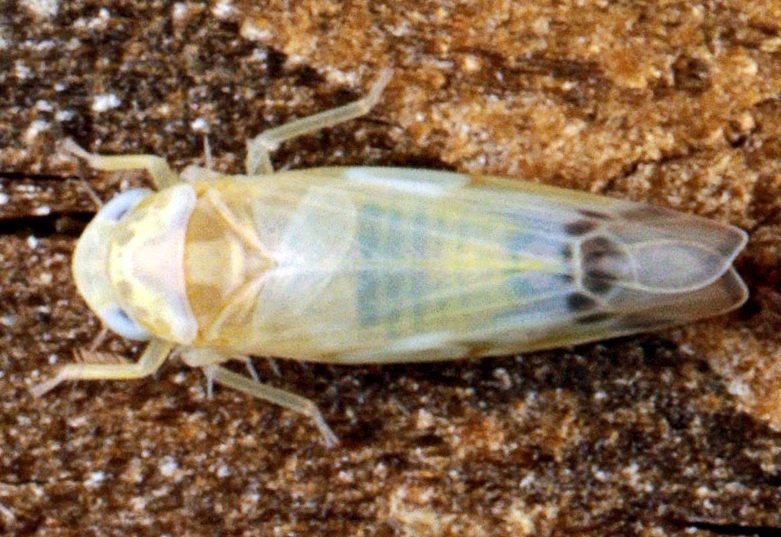
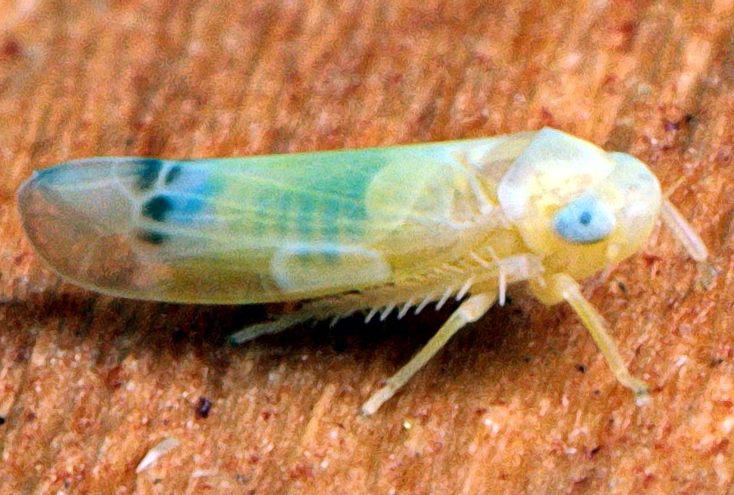
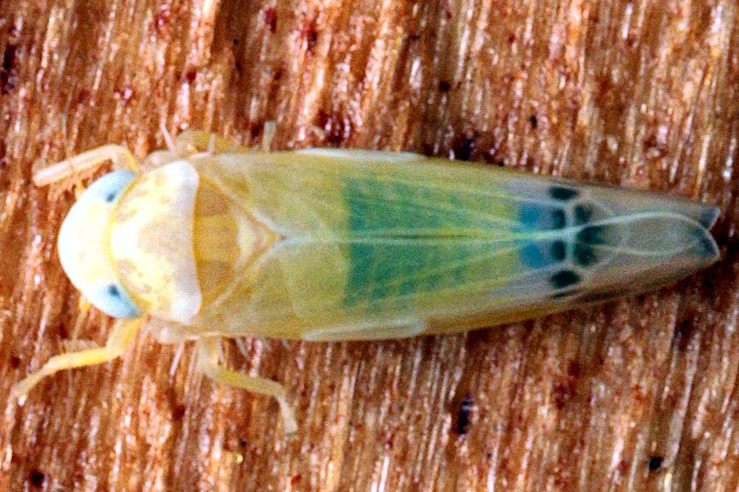

 »
»


